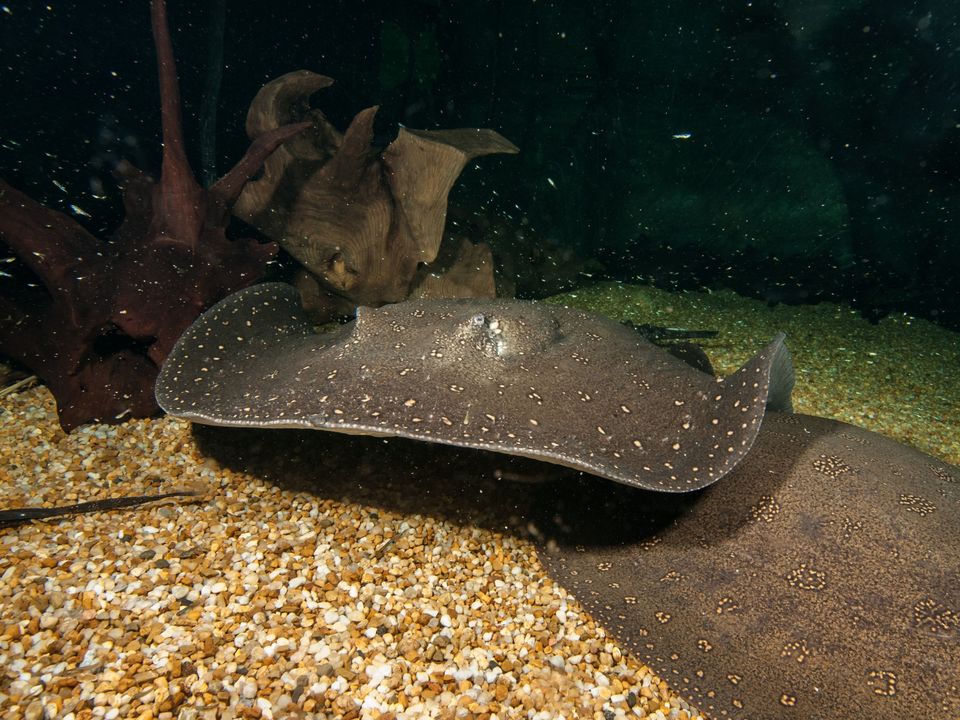Hello friends
We will be happy to explore interesting topics related to Fin-tastic Detectives: How Freshwater Fish Keep Tabs on Our Waterways. Come on take a good look at the following information so that our insight increases and opens our minds further.
Fin-tastic Detectives: How Freshwater Fish Keep Tabs on Our Waterways
:strip_icc()/low-maintenance-freshwater-fish-4770223-hero-ffb66c229c194e2db4916e88bbd17a15.jpg)
Yo, let’s get real – our planet’s water ain’t lookin’ so hot these days, right? Pollution’s running rampant, chemicals are leaching into rivers and lakes, and the whole shebang is gettin’ pretty freakin’ toxic. But fear not, because there’s a squad of silent, scaly heroes silently swimming upstream to keep an eye on things: freshwater fish. These fin-tastic dudes are like nature’s own pollution patrol, their biology acting as a canary in the coal mine for our waterways.
From Fins to Failure: How Fish Spill the Tea on Pollution
You see, fish are pretty much living, breathing barometers of environmental health. They’re constantly soak-in’ their surroundings, absorbing whatever the water throws their way. And guess what? These absorbed substances leave tell-tale signs in a fish’s:
Body Tissues: Think of it like fish bio-accumulation – they store up toxins like a hoarding squirrel. Heavy metals, pesticides, and industrial chemicals get lodged in their flesh, bones, and even their pee!
Behavior: Ever notice a fish spazzing out or acting kinda squirrelly? A change in behavior could signal some serious contamination in its watery crib. Fish might become sluggish, have trouble swimming, or even lose their sense of direction. Talk about a bad day at the fishin’ hole!
Reproduction: Fishy love lives are directly affected by water quality. Pollution can mess with their hormones, causing deformities in their offspring or even making them infertile. Fewer baby fish means a struggling ecosystem, big time!

Scientists use these bio-indicators – that’s fancy talk for "clues from fish" – to figure out the health of a specific waterway. They analyze fish tissue samples, look for behavioral abnormalities, and track population trends. All this intel helps them identify contaminants, their sources, and the potential damage they’re causing. Think of it like a detailed fish report card – and everyone needs to see those grades!
Playing the Fishy Watchdog: Who’s Protecting Our Aquatic Crew?
Organizations like the EPA and environmental non-profits play a crucial role in monitoring fish populations and advocating for clean water. They conduct research, set water quality standards, and push for policies to limit pollution. You can also lend a fin (pun intended!) by:
Joining a local cleanwater group: Get your hands dirty literally, help organize cleanups, and spread the word about water conservation.
Supporting sustainable fishing practices: Choose responsibly sourced seafood to avoid contributing to overfishing and habitat destruction.
Reducing your own pollution footprint: ditch single-use plastics, compost food scraps, and be mindful of what you flush down the toilet.
Closing
Thus, we hope this article can provide you with valuable insight into Fin-tastic Detectives: How Freshwater Fish Keep Tabs on Our Waterways. We also thank you very much for the time you have taken to read this article. Don’t forget to visit this simple blog again to read other articles about unique, cool and extraordinary information. May you all always be given: A blessed age, Physical and spiritual health, and smooth sustenance, amen.
EmoticonEmoticon